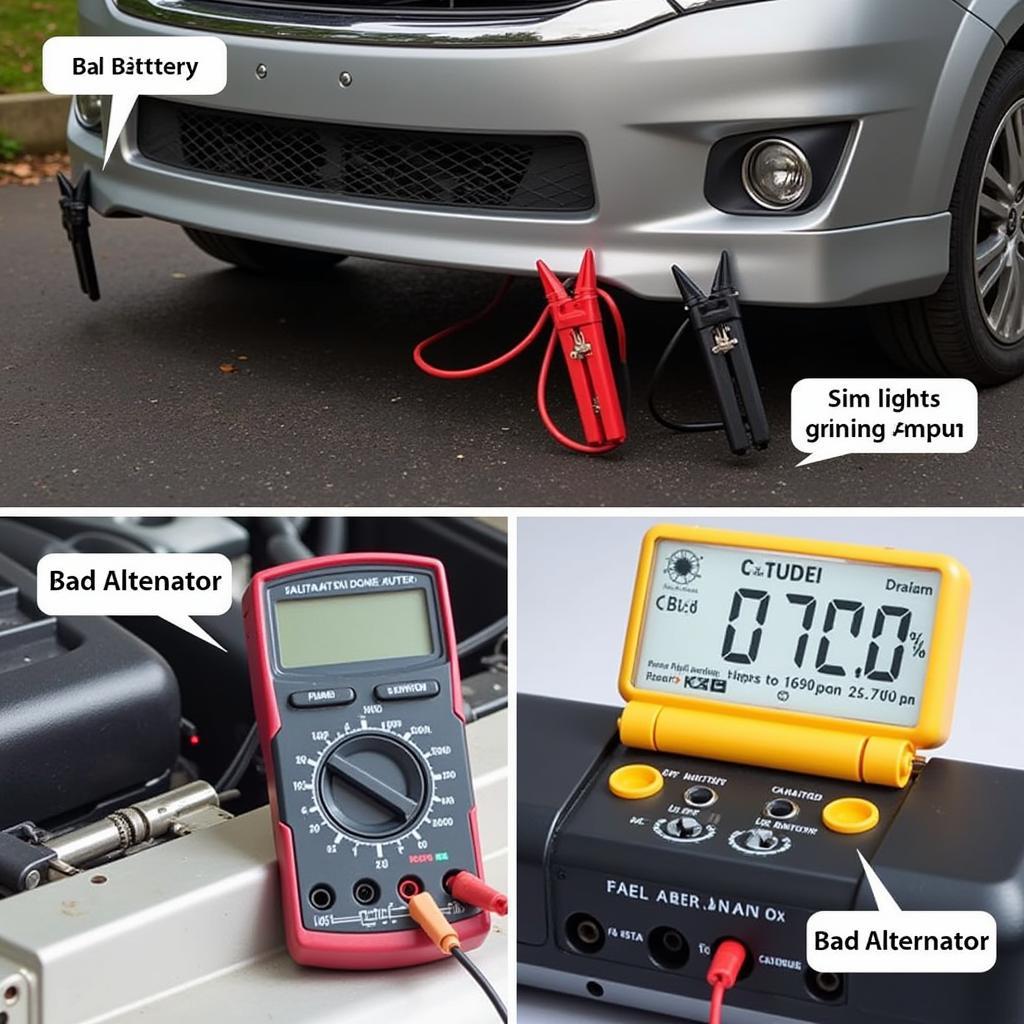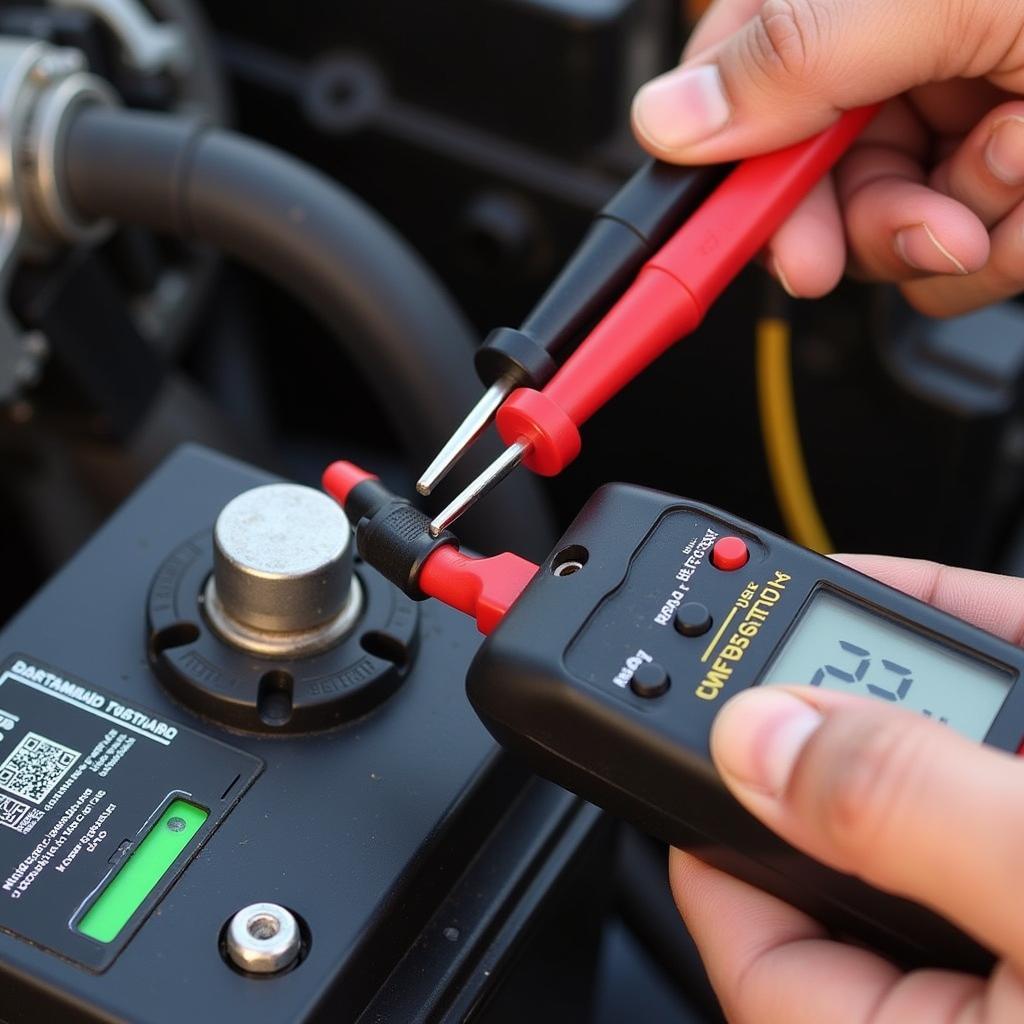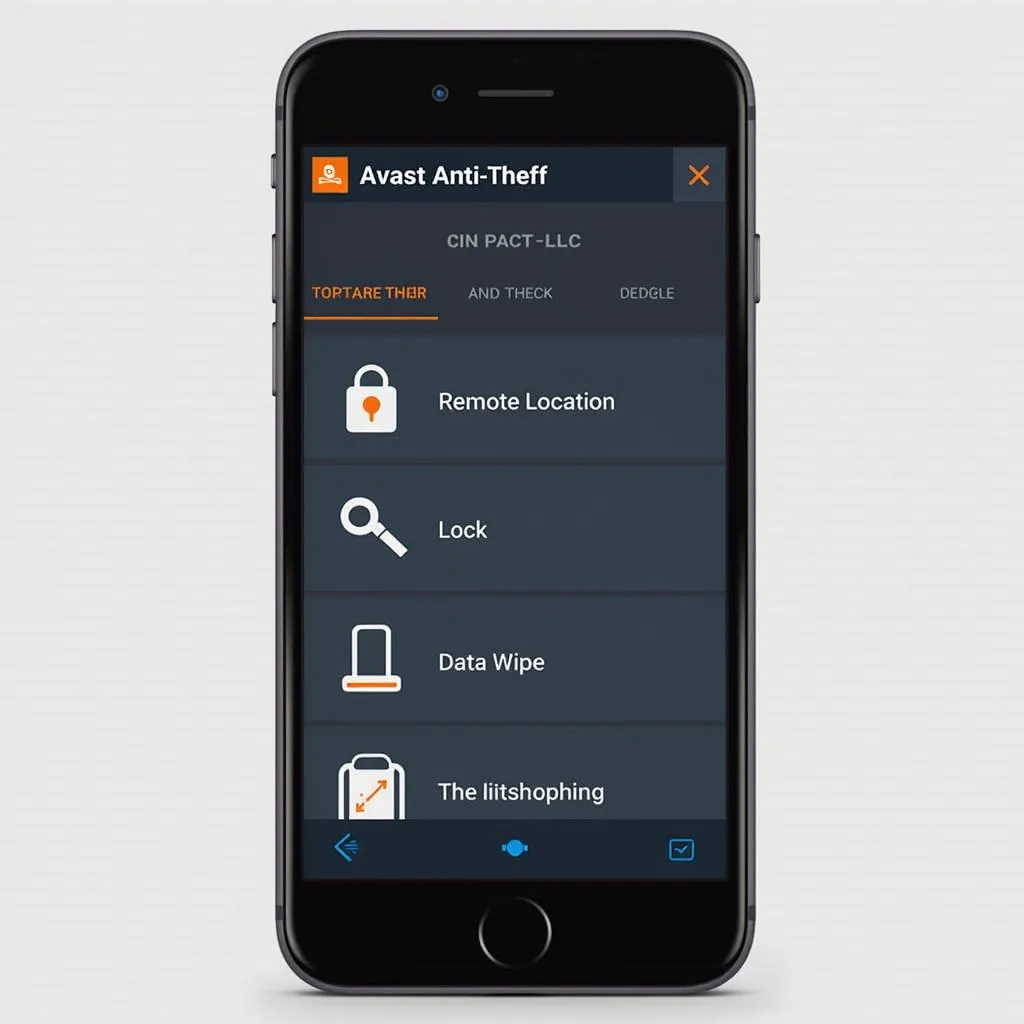A dead car battery or a failing alternator can leave you stranded. Knowing the difference between battery vs alternator failure is crucial for a quick fix. This article helps you diagnose the problem, understand the underlying causes, and find the right solution.
 Car Battery vs Alternator Failure Symptoms
Car Battery vs Alternator Failure Symptoms
One of the most frustrating experiences is turning the key in your ignition and hearing nothing but a click or a slow crank. Is it a bad car battery? Or is the alternator the culprit? Understanding the distinction can save you time, money, and a lot of headache. Many drivers mistake alternator issues for battery problems, leading to unnecessary battery replacements.
Key Differences Between a Bad Battery and a Bad Alternator
A car battery provides the initial power to start the engine. The alternator then takes over, recharging the battery and powering the electrical systems. Here’s a simple breakdown:
- Battery: Stores electrical energy. Fails due to age, extreme temperatures, or parasitic drain.
- Alternator: Generates electrical energy. Fails due to worn-out brushes, diodes, or voltage regulator issues.
How to Tell if it’s Your Battery or Alternator?
Several symptoms can help you pinpoint the problem.
- Dim headlights: A bad battery might cause consistently dim headlights, especially when the engine isn’t running. A failing alternator, however, can cause headlights to flicker or dim while driving, especially at higher RPMs.
- Slow engine crank: A sluggish engine crank is a classic sign of a weak battery. If the engine turns over slowly but eventually starts, your battery might be nearing its end.
- Warning lights: The battery light on your dashboard usually indicates a problem with the charging system, often pointing to a failing alternator.
- Electrical system malfunctions: A faulty alternator can lead to erratic behavior in various electrical systems, like the radio, power windows, and interior lights.
- Dead battery: If your car won’t start at all and you need a jump, it could be either a dead battery or a bad alternator. If the car dies again shortly after being jumped, it’s likely the alternator isn’t charging the battery.
Diagnosing the Issue at Home
Here’s a quick test you can perform:
- Jump-start your car.
- Once running, disconnect the positive jumper cable.
- If the car stalls immediately or the headlights dim significantly, the alternator is likely faulty.
- If the car continues to run, the battery was likely the original problem.
bad alternator vs battery can be initially difficult to diagnose. However, performing a simple test as described above can greatly help narrow down the possibilities.
What Causes Battery Failure?
Extreme temperatures, old age, and leaving lights or accessories on can drain your battery.
What Causes Alternator Failure?
Common causes include worn-out brushes, damaged diodes, and a faulty voltage regulator.
 Testing Car Alternator with Multimeter
Testing Car Alternator with Multimeter
Seeking Professional Help
While these tests can provide preliminary insights, consulting a qualified technician is always recommended for a definitive diagnosis. Remote diagnostic and programming services can often pinpoint the exact issue efficiently. alternator vs battery failure can be accurately and conveniently resolved through these advanced services.
“A seemingly simple starting problem can often be more complicated than it appears. Remote diagnostic services offer a precise and efficient way to identify the root cause, saving both time and money,” says John Miller, Automotive Electrical Engineer at Remote Diagnostics Inc.
Conclusion
Distinguishing between alternator dead battery problems is vital for a quick and effective solution. By understanding the symptoms and performing simple tests, you can get back on the road sooner. Remember, consulting with a professional is always recommended for accurate diagnosis and repair, especially if you are considering a dead battery replacement service.
FAQ
- How long does a car battery typically last? Typically, 3-5 years.
- Can I drive with a bad alternator? You can drive for a short distance, but the battery will eventually drain.
- How much does it cost to replace an alternator? The cost varies, but it’s typically more expensive than a battery replacement.
- How often should I check my battery and alternator? It’s a good idea to have them checked annually or as part of your regular maintenance schedule.
- Can a bad alternator damage a new battery? Yes, a faulty alternator can overcharge or undercharge a battery, shortening its lifespan.
- What are the signs of a failing voltage regulator? Symptoms include flickering lights, dimming headlights, and overcharging the battery.
- Can I jump-start a car with a bad alternator? Yes, but it will likely stall again once the jumper cables are removed.

